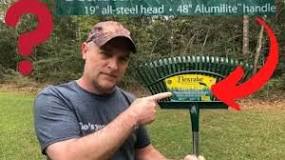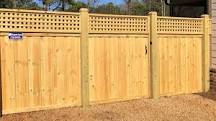Absolutely, you should mow after dethatching! Mowing helps tidy up your lawn and encourages healthy growth. However, timing and technique matter a lot. Let’s break down why mowing post-dethatching can be beneficial and how to go about it.
What is Dethatching?
First off, let’s quickly touch on what dethatching actually is. Dethatching is the process of removing thatch—a layer of dead grass, roots, and debris that can build up on your lawn. Too much thatch can suffocate your grass, leading to poor health. By dethatching, you’re giving your lawn a breath of fresh air!
Why Mow After Dethatching?
1. Clean Up the Mess
After dethatching, your lawn might look a bit like a war zone—clumps of debris everywhere! Mowing helps to chop up any leftover bits of thatch and grass, making it easier for them to decompose and return nutrients to the soil.
2. Encourage New Growth
When you mow after dethatching, you’re encouraging your grass to grow back thicker and stronger. Cutting the grass down allows sunlight to reach the soil better, which can help stimulate new growth.
3. Even Out the Lawn
Dethatching can leave your lawn looking uneven. A good mow will level things out and give your yard a more polished appearance. Plus, it can help prevent any patches from becoming too overgrown.
When Should You Mow?
Timing is everything! It’s best to wait a day or two after dethatching before you grab your mower. This gives your grass a little time to recover from the stress of dethatching. If you mow too soon, you might end up doing more harm than good.
How to Mow After Dethatching
- Set Your Mower High: Keep your mower blades high for the first mow after dethatching. You don’t want to stress the grass too much.
- Go Slow: Take your time! This isn’t a race; you want to ensure an even cut.
- Clear Clippings: If there are a lot of clippings left behind, consider bagging them up or raking them away to keep your lawn looking neat.
Summary
So, should you mow after dethatching? Yes! It’s a great way to clean up, promote growth, and even out your lawn. Just remember to wait a couple of days after dethatching and adjust your mower settings accordingly. Your lawn will thank you!
FAQ
How soon can I mow after dethatching?
You should wait about 1-2 days after dethatching before mowing. This gives the grass some time to recover from the dethatching process.
What height should I set my mower after dethatching?
It’s best to set your mower higher than usual for the first mow post-dethatching—around 3 inches is a good starting point—to avoid stressing the grass too much.
Will mowing hurt my lawn after dethatching?
If done properly—by waiting a couple of days and mowing at a higher setting—mowing should not hurt your lawn. In fact, it can help promote healthier growth!
Can I use my regular mowing schedule after dethatching?
Yes! Once you’ve mowed post-dethatching, you can return to your regular mowing schedule. Just keep an eye on how quickly your grass grows back and adjust as needed.







